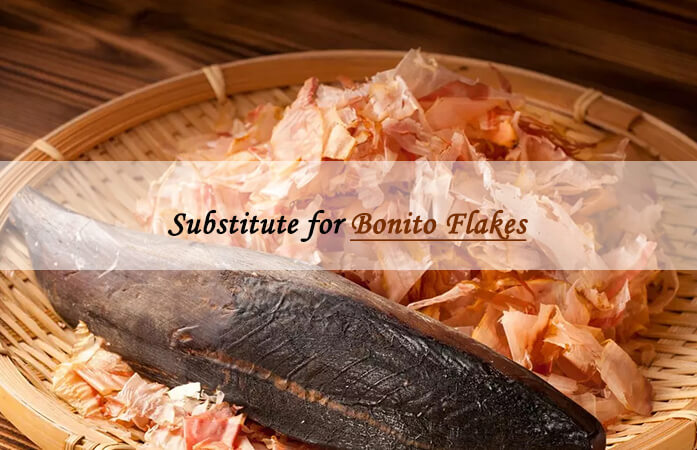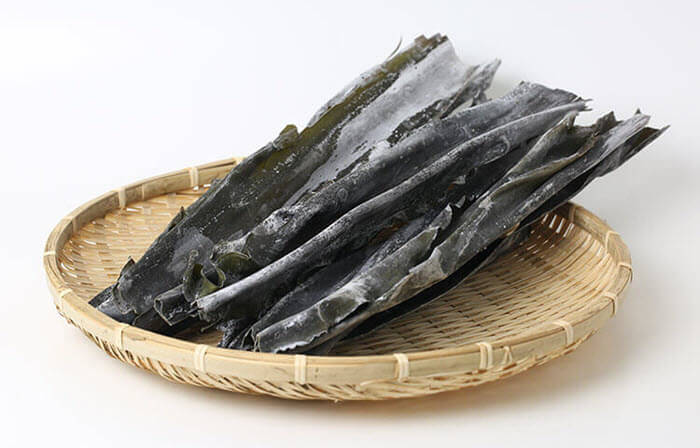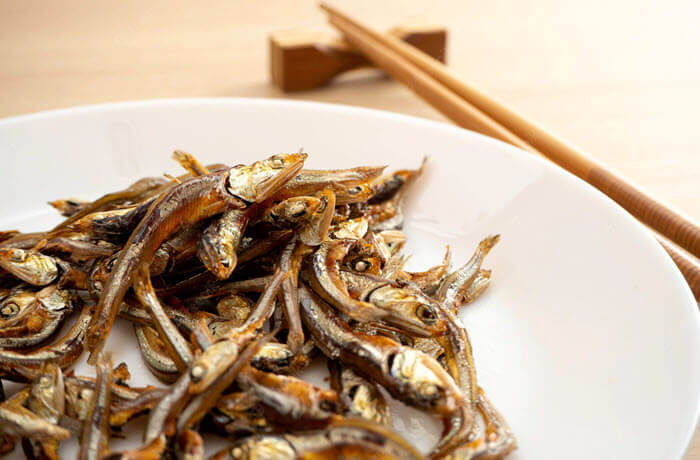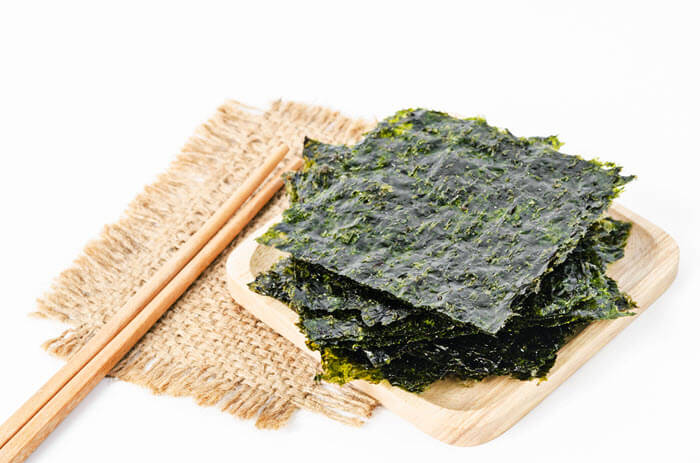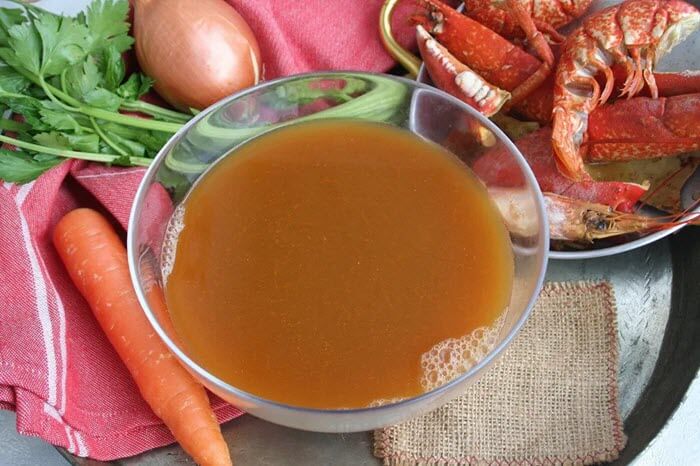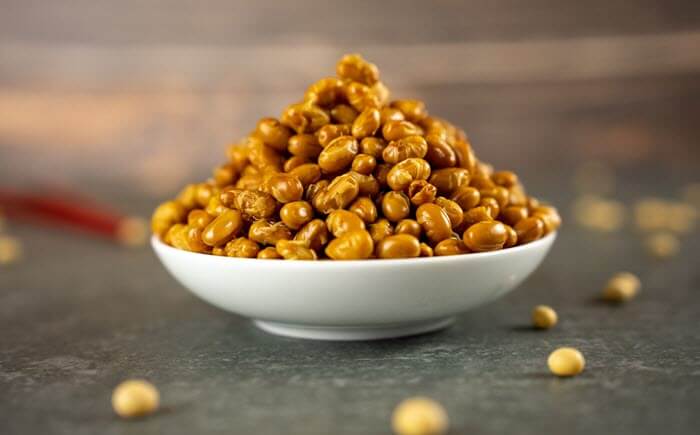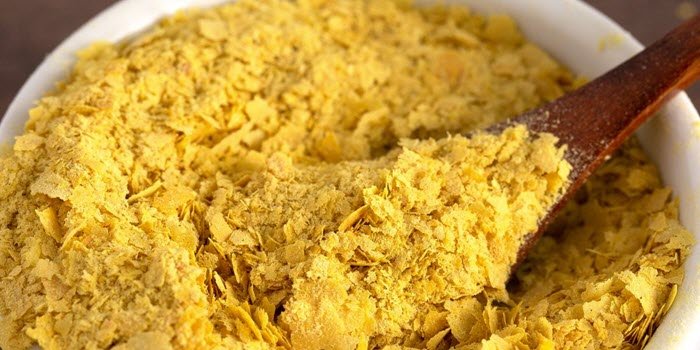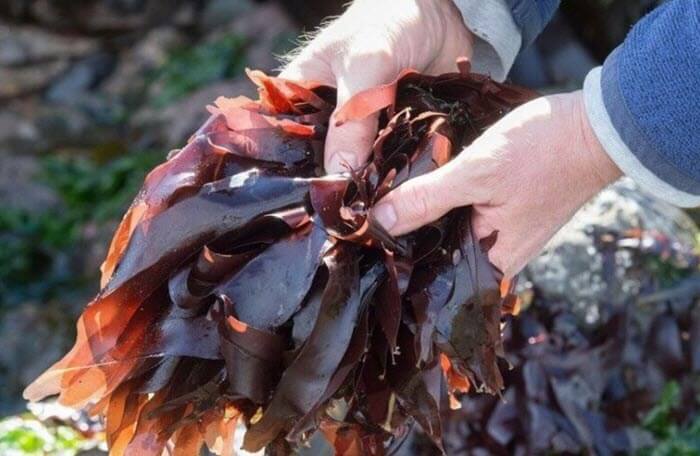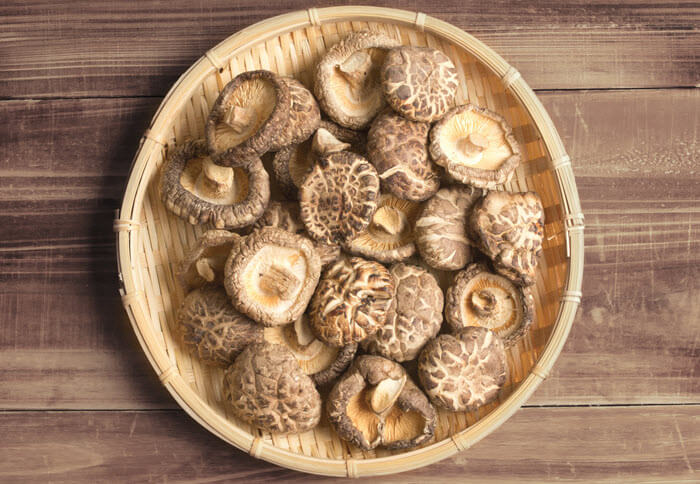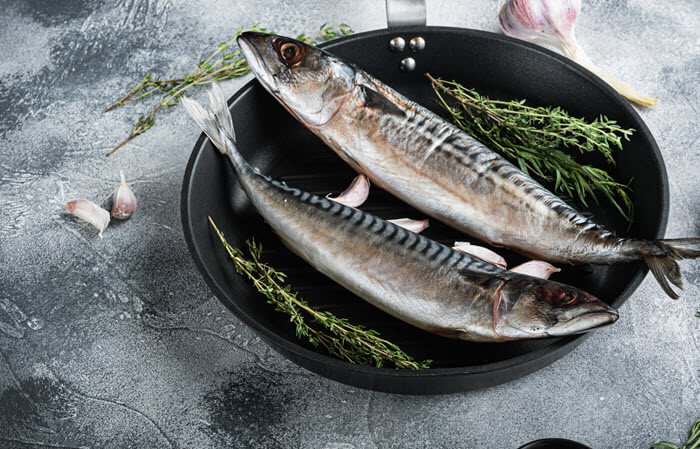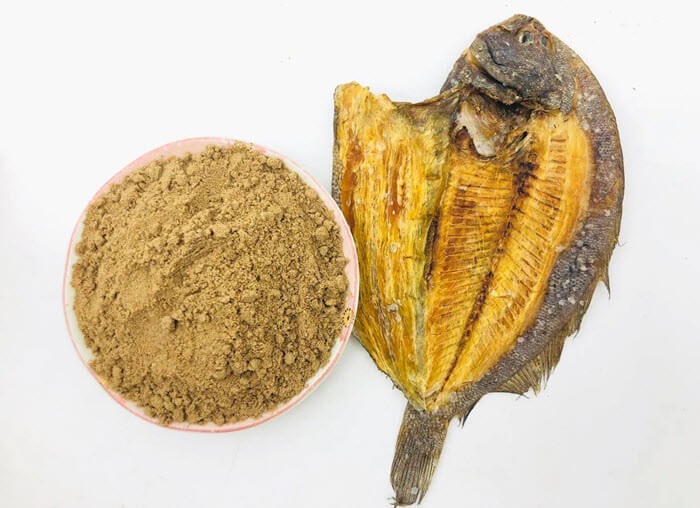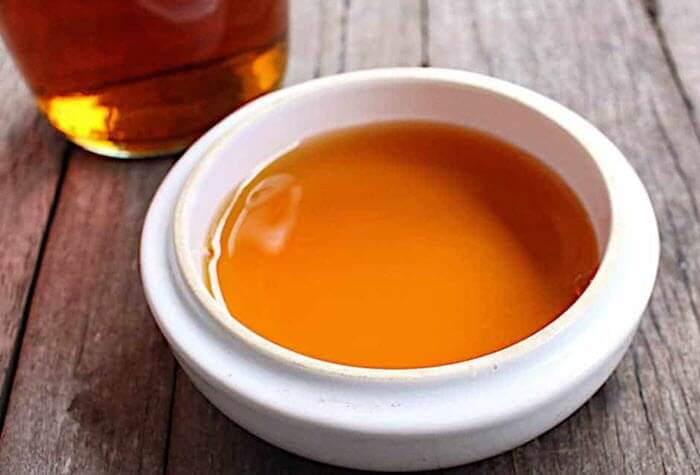A universal rule of taste in the culinary and chemical realms is the existence of five flavors: sweet, salty, sour, bitter, and umami.
A unique example of umami flavor is bonito flakes, the dried, shaved meat of the skipjack tuna.
Bonito flakes are a common ingredient in Japanese cuisine and a key flavoring component sprinkled atop hot and cold dishes.
If you don’t have access to bonito flakes, you can use one of the 11 bonito flakes substitutes listed below.
Table Of Contents
What Is Bonito Flake?
Bonito flakes (also know as Katsuobushi) are fish flakes that are typically used as a soup base and can also be used in savory dishes.
They come from bonito, which is a type of small tuna fish.
The specific species is called Katsuwonus pelamis, and it is found in warm coastal areas of the Pacific Ocean. It is sold fresh or dried for use in many types of dishes around the world.
What’s a Good Substitute for Bonito Flakes (Katsuobushi)
1. Kombu
Also spelled konbu, kombu is a brown algae harvested by the Japanese as a crucial flavor agent.
Kombu is often used in conjunction with bonito flakes to make dashi, or bonito stock, which acts as the foundation for most Japanese dishes.
Kombu is rich in the chemical compound glutamate, the main contributor to umami flavor. Its texture is chewier and more moist than bonito flakes, but resembles its flavor to a tee.
2. Iriko
Iriko are baby anchovies sold under the Japanese name niboshi at Asian supermarkets.
Iriko can be sold fresh or dried. They are as popular as bonito flakes as umami and fishy bases to dashi, or broth.
If you’ve ever sampled authentic udon or miso soup, Iriko is interchangeable with bonito flakes as a crucial ingredient.
Iriko is one of the best substitutes for bonito flakes in soups or broths.
3. Nori
Nori is the dark-colored seaweed used to wrap around rice and seafood in sushi rolls.
It may not be fish, but it comes from the ocean and thus has a fishy, salty flavor that is just like umami. Nori comes as a dried paper, and you can also get it in flaked form.
Nori is as close to bonito flake texture as you will get.
4. Shellfish Stock or Powder
Most seafood products share the same fishy flavor of bonito flakes. Shellfish stock or powder will impart fishy umami flavor to broths and dishes.
Shellfish stock can consist of one or more shellfish species.
Shrimp or prawn stock is the best and most easily accessible single-ingredient shellfish stock. That said, scallops and oysters also make great substitutes for a fishy flavor.
5. Roasted Soybeans
If the umami flavor of bonito flakes is too strong or aversive for your taste, toasted soybeans are the perfect bonito flakes substitute.
Since they aren’t fermented, like what you find in miso dashi, soybeans offer a delightfully nutty flavor.
When toasted, soybeans have an enhanced nuttiness and smokiness, not to mention a wonderful crunch.
You can use them to season and add texture to salads, noodles, and rice.
6. Nutritional Yeast
A less popular ingredient in Japan, nutritional yeast is pervasive in the West and thus easier to come by at most major grocery stores.
Nutritional yeast is a deactivated strain of yeast that emulates bonito flakes in texture and flavor.
It’s often used as a vegan substitute for parmesan cheese, creating a salty and savory flavor that falls under the umami category.
Its delicate flakes also provide the same texture as bonito flakes.
7. Dulse
Known as sea lettuce flakes, dulse is red algae found in the Atlantic and the Pacific.
Like nori and kombu, dulce is often dried and shaved into flakes to impart umami flavor. Since it is more widespread geographically and culinarily than kombu, it’s likely easier to find in the West.
Dulse has the same ocean flavor of fishy and salty inherent in bonito flakes, and they are also delicate and thin in texture.
8. Dried Shiitake Mushrooms
Umami flavors are most apparent in fish, fermented foods, and mushrooms. Shiitake mushrooms [1] are the most common mushrooms used in Japanese cuisine.
Shiitake mushrooms offer the richest umami flavor without any fishiness. They’re easy to find in Asian and mainstream supermarkets.
Dried shiitake mushrooms offer an even more concentrated umami flavor and imitate bonito flakes in texture.
They are perfect for broths, soups, noodles, and stir-fried vegetables.
9. Mackerel Powder
Mackerel [2] is a widely available fish and, more importantly, the closest in taste and flavor to bonito than any other kind of fish.
In powdered form, it is the best substitute for bonito flakes as a flavoring agent.
Mackerel powder is cheap and widely available at most grocery stores, so if you can’t find bonito flakes or dashi, mackerel powder will save the day.
10. Whitefish
Whitefish is a blanket term that refers to the types of fish characterized by white flakey flesh, mild flavor, and low oil content. Bonito is a type of whitefish.
When used in powder or dried flakes, whitefish impart a fishy flavor without overpowering a dish.
Therefore, whitefish such as snapper, catfish, sea bass, halibut, or cod are great substitutes for bonito, whether dried, powdered, or freshly flaked.
11. Fish Sauce
When you’re in a pinch and can’t find any of the above substitutes, fish sauce is an adequate flavor enhancer to add a fishy, umami taste to sauces, salads, and stir-fries.
As a liquid, it isn’t a good texture substitute, but it’s widely available, and a little goes a long way.
Further reading: What’s the Difference Between Fish Sauce and Oyster Sauce
FAQs About Bonito Flakes
In case you have more questions about taste, use, and availability, below are some frequently asked questions about bonito flakes.
Is dashi the same as bonito flakes?
Dashi is bonito stock while bonito flakes are dried bonito meat turned into thin flakes.
Bonito flakes are one ingredient that comprises bonito stock, or dashi, along with anchovies, shiitake mushrooms, and sardines. Dashi is usually a broth, while bonito flakes are solids.
What do bonito flakes taste like?
Bonito flakes impart a savory, salty, and fishy flavor that describes the Japanese-born umami flavor.
Their incredibly thin flakes take on a life of their own atop Japanese hot and cold dishes.
Where do you buy bonito flakes?
You can buy bonito flakes in Asian or Japanese specialty stores located in the Asian neighborhoods of large cities.
You might be able to find them in Asian sections at high-end American grocery stores.
Final Thoughts
In the end, there are plenty of options for bonito flake substitutes. Try one or more of the above and you will be amazed by the options available.

